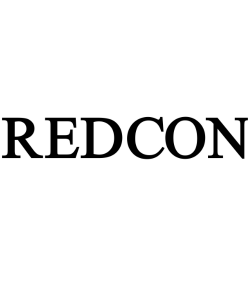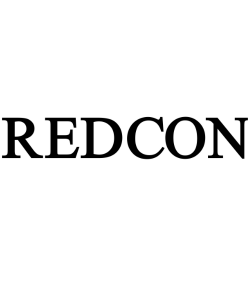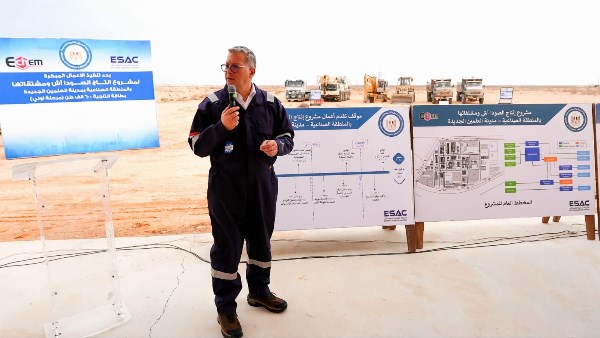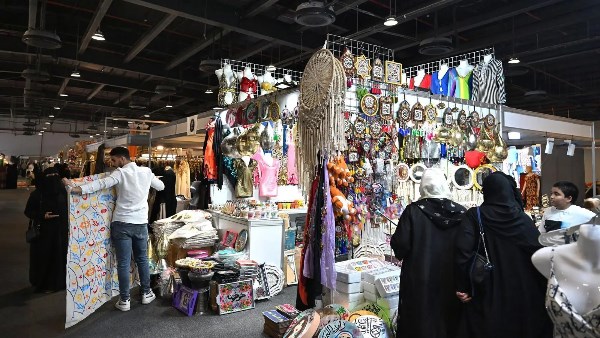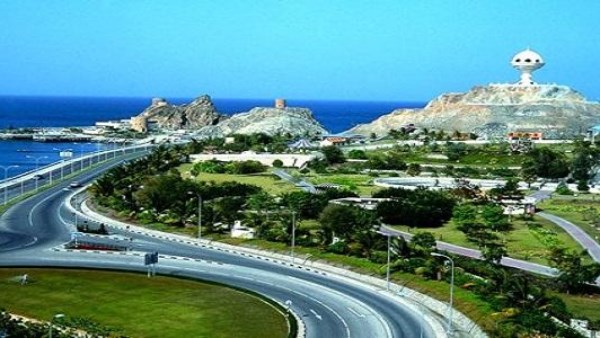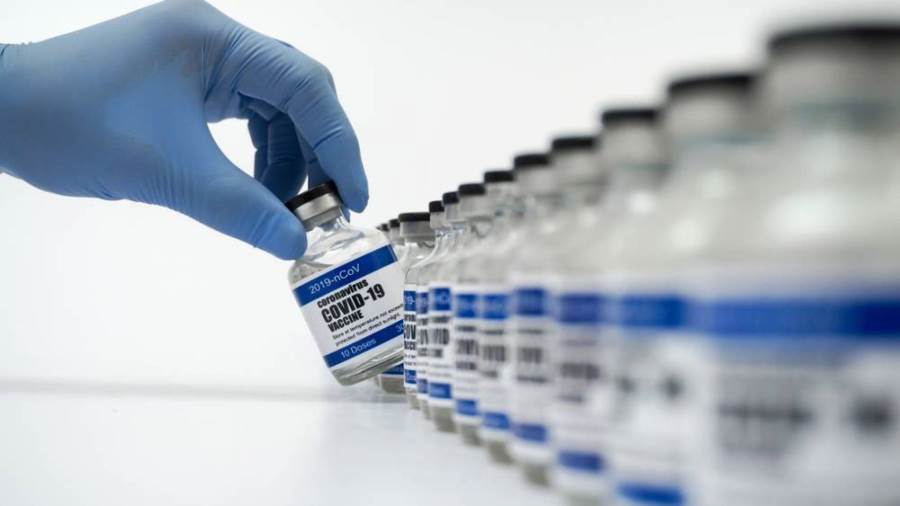
Iran likely moved a stockpile of near weapons-grade highly enriched uranium out of Fordow
Satellite images indicate severe damage to Fordow, but doubts remain
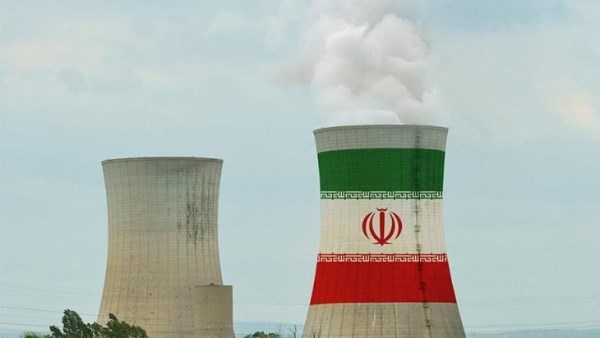
Commercial satellite imagery indicates the U.S. attack on Iran’s Fordow nuclear plant severely damaged - and possibly destroyed - the deeply-buried site and the uranium-enriching centrifuges it housed, but there was no confirmation, experts said on Sunday.
“They just punched through with these MOPs,” said David Albright, a former U.N. nuclear inspector who heads the Institute for Science and International Security, referring to the Massive Ordnance Penetrator bunker-busting bombs that the U.S. said it dropped. “I would expect that the facility is probably toast.”
But confirmation of the below-ground destruction could not be determined, noted Decker Eveleth, an associate researcher with the CNA Corporation who specializes in satellite imagery. The hall containing hundreds of centrifuges is "too deeply buried for us to evaluate the level of damage based on satellite imagery," he said.
To defend against attacks such as the one conducted by U.S. forces early on Sunday, Iran buried much of its nuclear program in fortified sites deep underground, including into the side of a mountain at Fordow.
Satellite images show six holes where the bunker-busting bombs appear to have penetrated the mountain, and then ground that looks disturbed and covered in dust.
The United States and Israel have said they intend to halt Tehran's nuclear program. But a failure to completely destroy its facilities and equipment could mean Iran could more easily restart the weapons program that U.S. intelligence and the U.N. International Atomic Energy Agency (IAEA) say it shuttered in 2003.
UNUSUAL ACTIVITY'
Several experts also cautioned that Iran likely moved a stockpile of near weapons-grade highly enriched uranium out of Fordow before the strike early Sunday morning and could be hiding it and other nuclear components in locations unknown to Israel, the U.S. and U.N. nuclear inspectors.
They noted satellite imagery from Maxar Technologies showing "unusual activity" at Fordow on Thursday and Friday, with a long line of vehicles waiting outside an entrance of the facility. A senior Iranian source told Reuters on Sunday most of the near weapons-grade 60% highly enriched uranium had been moved to an undisclosed location before the U.S. attack.
"I don't think you can with great confidence do anything but set back their nuclear program by maybe a few years," said Jeffrey Lewis of the Middlebury Institute of International Studies at Monterey. “There's almost certainly facilities that we don't know about.”
Arizona Sen. Mark Kelly, a Democrat and member of the Senate intelligence committee who said he had been reviewing intelligence every day, expressed the same concern.





-1120252475029447.jpg)
-920252122624392.jpg)


